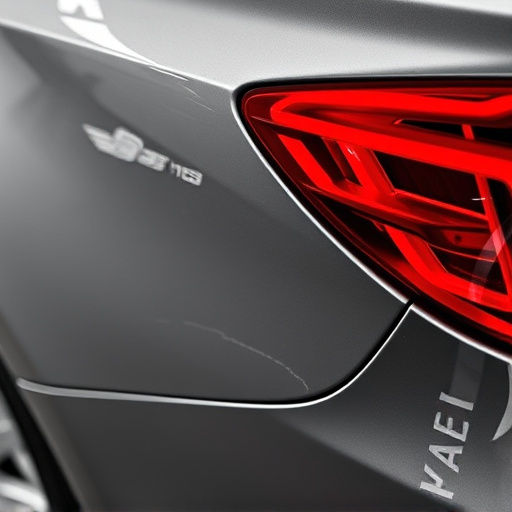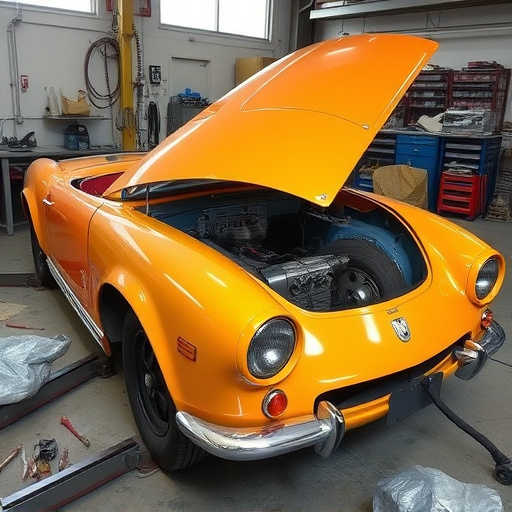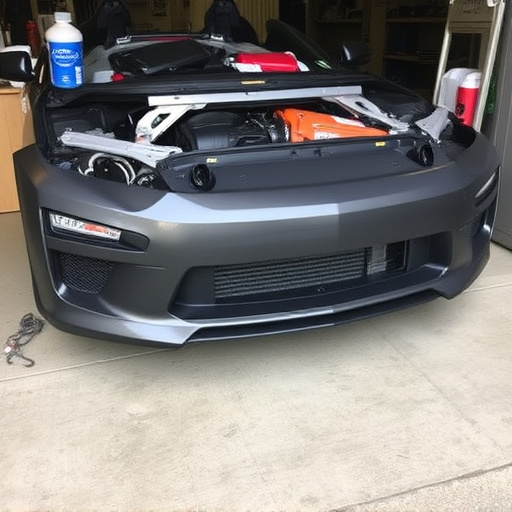Accessing OEM (Original Equipment Manufacturer) repair procedures is essential for auto body workers, as these detailed guides ensure high-quality, original design-preserving, and functional repairs. In today's digital era, sophisticated vehicle technology requires advanced knowledge and precise handling for common repairs like bumper damage, demanding specialized techniques and OEM parts to maintain structural integrity, safety standards, and performance. Following OEM guidelines offers step-by-step instructions tailored to specific models, ensuring accurate solutions while fostering reliable auto body work, proper detailing, and long-lasting vehicle performance.
In today’s complex automotive landscape, understanding the significance of Original Equipment Manufacturer (OEM) repair procedures is paramount. Accessing detailed OEM repair procedure access ensures accurate and efficient troubleshooting for common vehicle repairs. This article delves into the essential aspects of OEM repair, highlighting specific common repairs that necessitate these guidelines. By adhering to OEM guidelines, mechanics can achieve effective fixes, ensuring vehicle reliability and safety.
- Understanding OEM Repair Procedure Access
- Common Repairs That Demand OEM Parts and Expertise
- The Benefits of Following OEM Guidelines for Effective Repairs
Understanding OEM Repair Procedure Access
Understanding OEM Repair Procedure Access is paramount for anyone involved in auto body work or car repair services. OEM (Original Equipment Manufacturer) repair procedures are detailed guides that provide step-by-step instructions and specifications for replacing or repairing vehicle components. These access details ensure that every repair is carried out with precision, maintaining the integrity of the vehicle’s original design and functionality.
For instance, when dealing with auto frame repair, OEM guidelines offer crucial information on alignment, measurement, and replacement techniques to restore structural integrity. Similarly, in car repair services, following these procedures guarantees compatibility and performance of replacement parts. Accessing these procedures is often a game-changer in the industry, fostering quality control and customer satisfaction through reliable auto body work.
Common Repairs That Demand OEM Parts and Expertise

In today’s digital era, where vehicle technology is constantly evolving, common repairs that once were straightforward have become intricate processes requiring specialized knowledge and Original Equipment Manufacturer (OEM) repair procedure access details. For instance, modern vehicle bodywork incorporates advanced materials and sophisticated design features that necessitate precise handling during repair or replacement. This often means only OEM parts and expert techniques can restore the vehicle to its original condition, maintaining structural integrity and safety standards.
One of the most common repairs demanding these stringent measures is bumper repair. With its complex network of components, a simple bump or collision can cause significant damage that requires meticulous attention during the repair process. Similarly, vehicle restoration projects, whether for classic cars or modern models, hinge on the use of OEM parts and adherence to manufacturer guidelines. This ensures not only aesthetic perfection but also preserves the vehicle’s performance and longevity, turning what might seem like a routine repair into a specialized task that demands the best tools: OEM parts and expertise.
The Benefits of Following OEM Guidelines for Effective Repairs

When performing common repairs on vehicles, adhering to Original Equipment Manufacturer (OEM) guidelines offers numerous advantages that ensure effective and lasting solutions. OEM repair procedures provide detailed step-by-step instructions tailored to specific vehicle models, making it easier for technicians to navigate complex processes accurately. This precision is vital for achieving optimal results, particularly when dealing with intricate systems like engines or electrical components.
Following OEM guidelines also guarantees the use of genuine parts designed specifically for a particular make and model. Such authentic components are crucial for maintaining the vehicle’s performance, safety standards, and overall reliability. Moreover, adhering to these guidelines facilitates proper auto detailing and maintenance, enhancing the car’s aesthetic appeal and longevity, much like a meticulous restoration process.
In conclusion, understanding and adhering to OEM (Original Equipment Manufacturer) repair procedure access details is paramount for ensuring common vehicle repairs are done effectively and safely. Using OEM parts and following their guidelines guarantees not just functionality but also longevity of the repaired components. By granting access to specific procedures and knowledge, OEMs ensure that repairs are carried out with precision, preserving the integrity of your vehicle’s performance and safety features.


